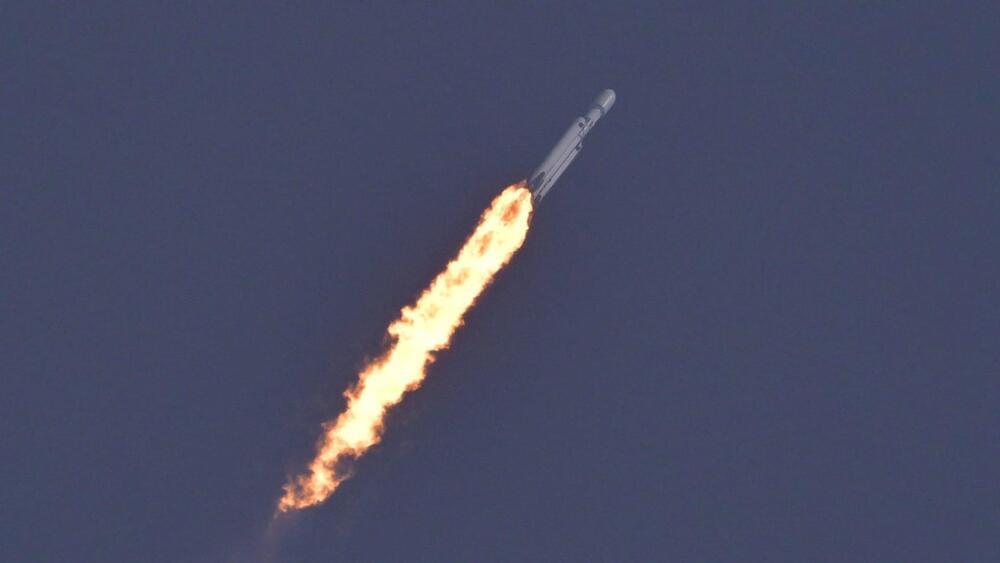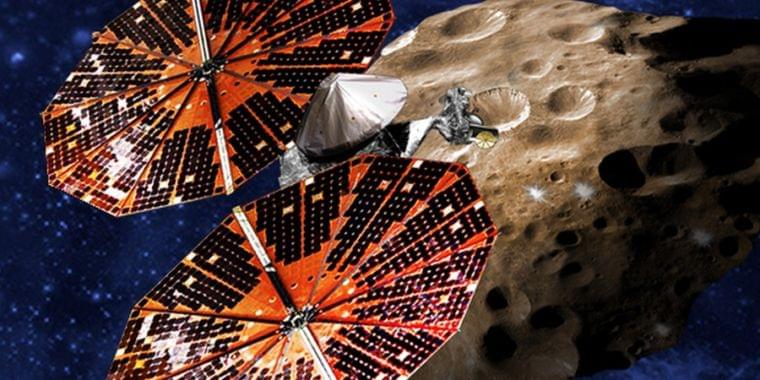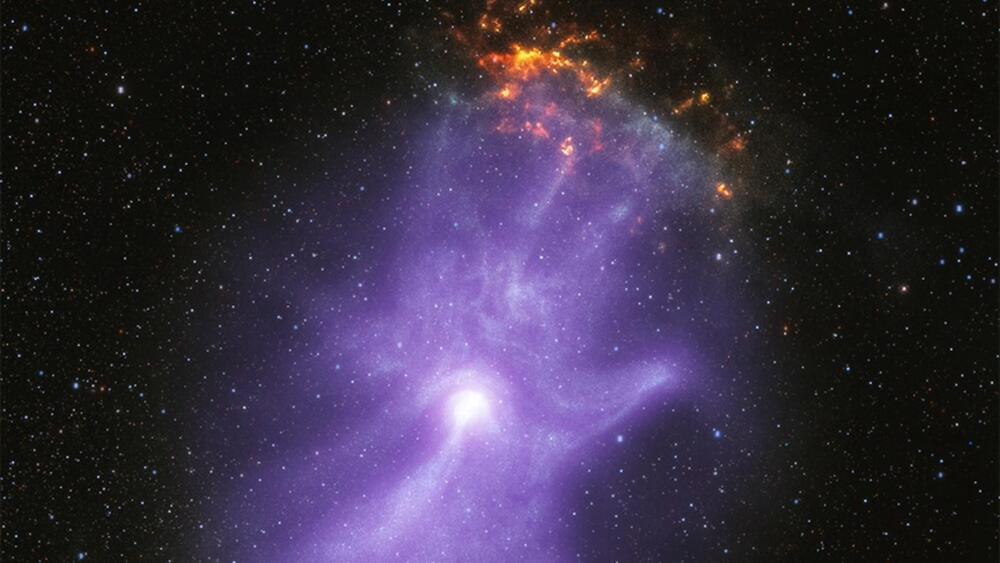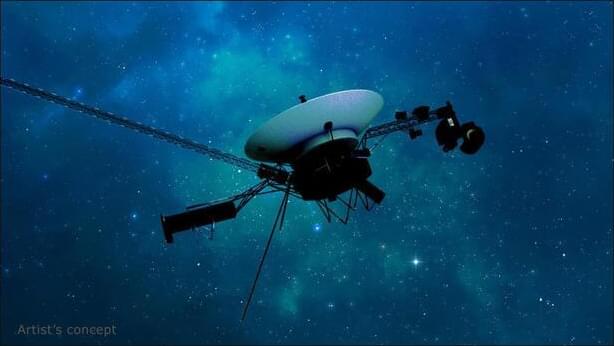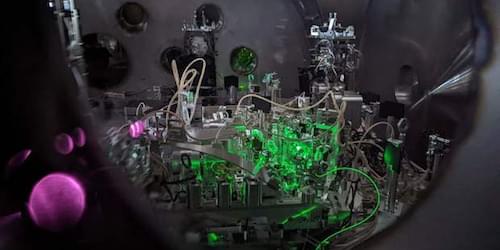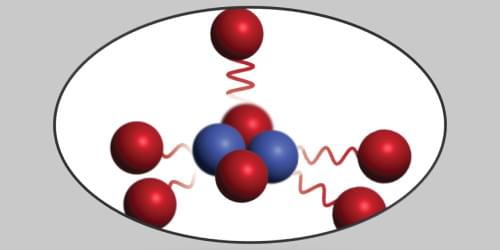Nov 1, 2023
After decades of dreams, a commercial spaceplane is almost ready to fly
Posted by Joseph Barney in category: space
That’s a great step.
LOUISVILLE, Colorado—The first Dream Chaser spaceplane built to go into orbit is starting to look the part. Its foldable wings and fuselage are covered in custom-fitted ceramic tiles to shield the spacecraft’s composite structure from the scorching heat of atmospheric reentry as it flies back to Earth. It has its landing gear, and technicians buzz around the vehicle to add the finishing touches before it leaves the factory.
Inside the spacecraft, workers are installing the final ducts for the environmental control system, which will make the pressurized compartment within Dream Chaser livable for astronauts at the International Space Station. The Dream Chaser’s job, at least for now, is to ferry cargo to and from the research complex orbiting some 240 miles (385 kilometers) above Earth. It will launch on top of a conventional rocket, maneuver in space like a satellite, and then land on a runway.
Continue reading “After decades of dreams, a commercial spaceplane is almost ready to fly” »

